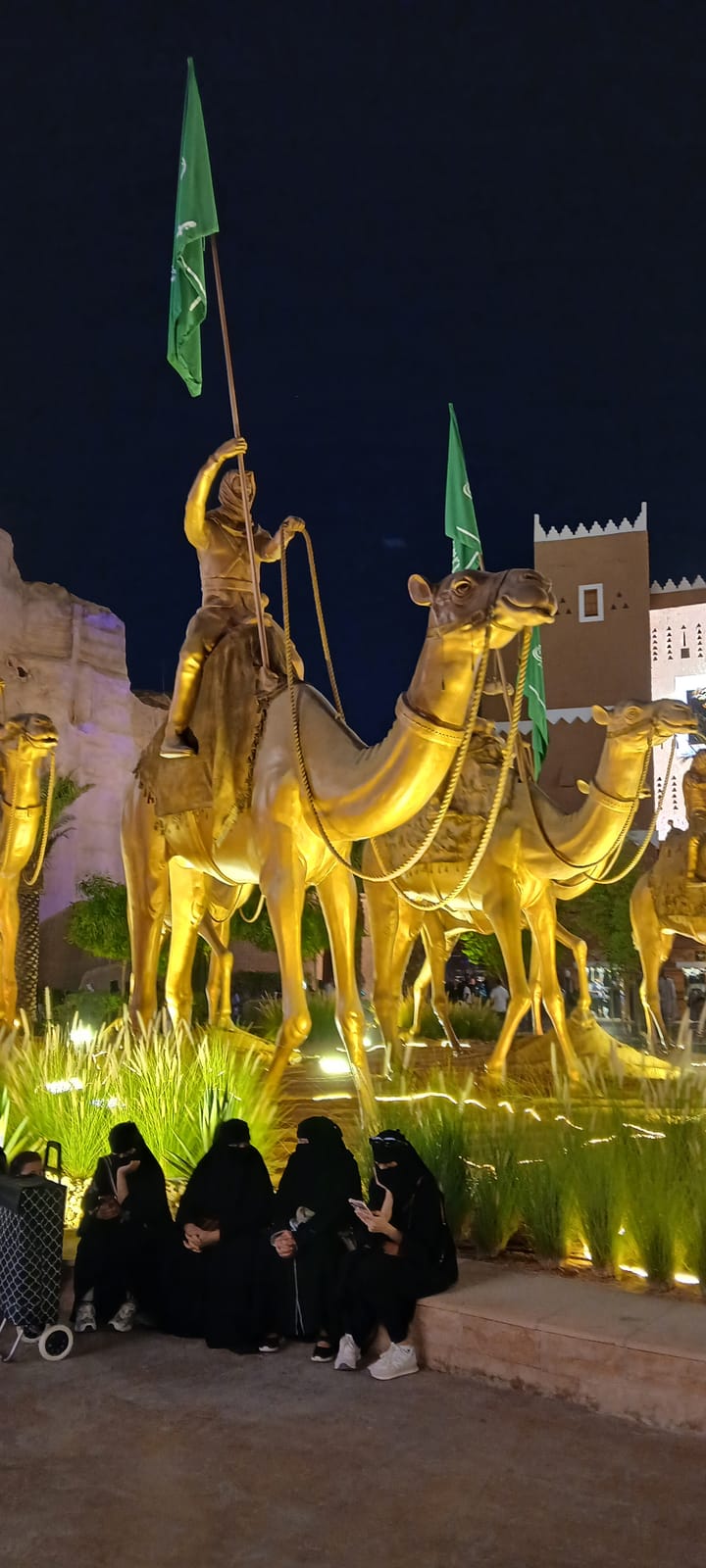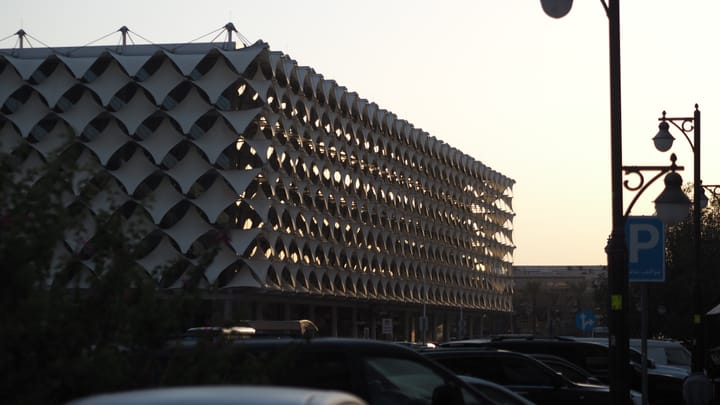towards day 18 @ sf, part 2
The RJF project is a laboratory for making soap. A special kind of soap. The pieces that comprise the working script talk about soap and processes. For example, in the ‘renderings’ (pages opposite) dealing with the historical figure of Francis Bacon, they give instructions that reflect lines of enquiry and that make him a character: his function is as role-and-model. Specifically, the givens of his painting, the rejection of abstraction and of illustration, without succumbing to the figurative, choosing rather the figural, contribute in the heterogeneous assemblage of the laboratory and bear causally on the production – of soap. Other figures present in the working script possess different functions but are similarly causal.
Joseph Plateau’s ‘renderings’ make him less a character and more an exemplum. His mathematical problematisation of minimal surfaces – of soap bubbles and, metaphorically, of images, in the phenakistacope – figures to exemplify a positivistic reduction in (and of) the scientific (and cineastic) method. He acts like lye water. He plays the part of a rendering down, a shadowing of the processes encountered in the laboratory.
Franz Kafka’s presence in the working script, as the inventor of the burrow and the penal colony, of the writer who is not a writer but a mole, betrays the source of the texts, ‘renderings,’ in readings. His character occurs to gauge results against the surface of the skin and into and below the surface. He investigates the scene. He checks the needles, the gauges, the extensity of measurable results. He problematises the objectivity of the laboratory by producing a narrative of the events unfolding in the production (of soap) as if it were a crime (in process). Of course, K. – the name we’ve given the character – can only ever find in his whodunnit that he has dunnit.
Muriel Belcher, the proprietress of The Colony Room, and ‘mother’ to Francis Bacon, ‘daughter,’ in, you will remember the latter’s bon mot naming his local watering-hole, his “concentration of camp,” Muriel acts on the production of soap in this laboratory by providing it with a social content: ‘soap’ is part of the daily traffic of The Colony Room, where the subjects of conversation are invariably, says Daniel Farson, sex, scandal, drinking and daydreams. Concentration, to follow the Baconian procedural, logic of process, inverts on camp. Meaning oscillates, indeterminate. Soap renders a concentration of camp from a camp of concentration. A cascade of perversion from this indeterminacy: the transposition of a single letter, RJF, RIF.
And so, Ida, the character name for the dancer theme, substitutes for Felice Bauer, Kafka’s epistolary inamorata, via Ida Bauer, Freud’s “Dora’s” given name. “Ida,” hence, implies K.’s last love, Dora, whom he made promise to burn the body of work he left at his death, who checked herself, as if the corpus were to be held over for some kind of evidenciary hearing. The dancer theme then works by implication, folding in letters, saving what is to be lost – in this case, probably people – from fires, from that final rendering.
This is not all there is to it. The Joseph Plateau character also has his eye, in the text we attribute to him, on process. He gives the myth of Mount Sapo as a version of an original and monocausal explanation for the production of soap. And I have mixed levels, historical, textual, real and metaphorical, actual and virtual, plateaux. But I think we can say, a heterogeneous assemblage. And begin to think through the individuation of the soap we are producing. There is a virtual outcome, at least, which passes through the givens of our laboratory, of which the givens, in turn, pass through the chance invoked in each repetition we make in rehearsal towards our production, itself no more than a cover for these chances, their actualisation within the probabalistic field, a field-work, a problem, an experiment.


